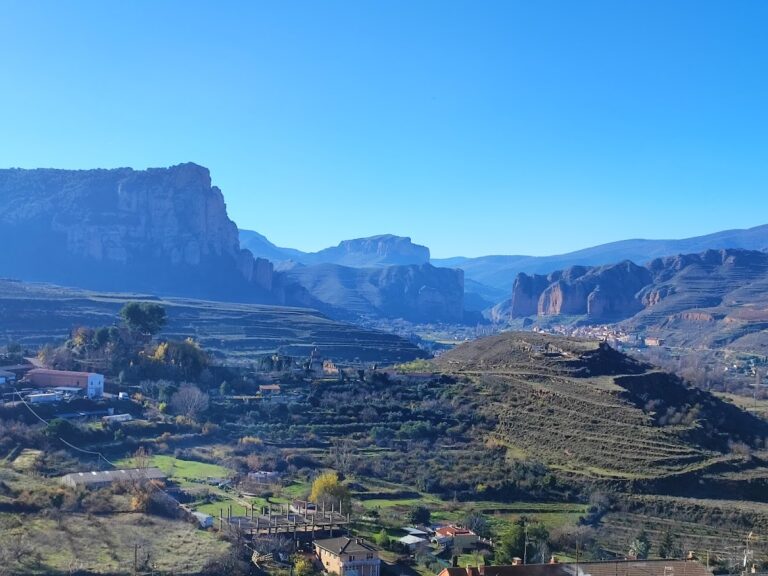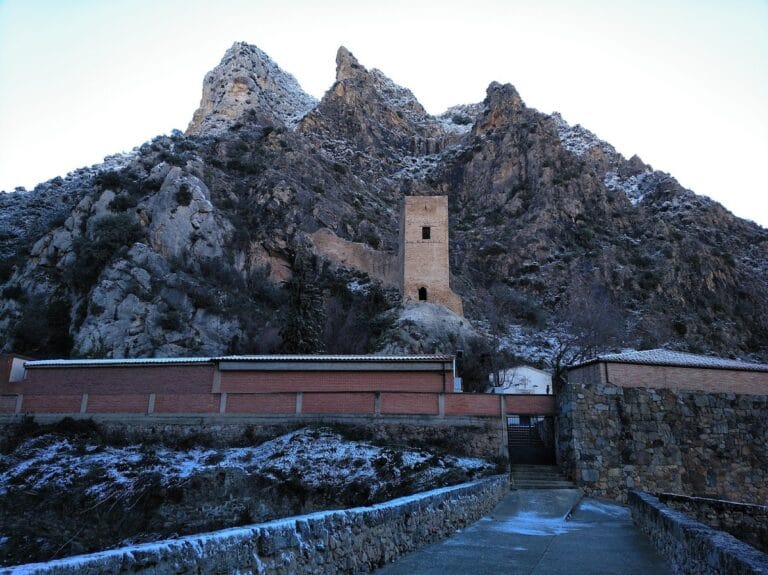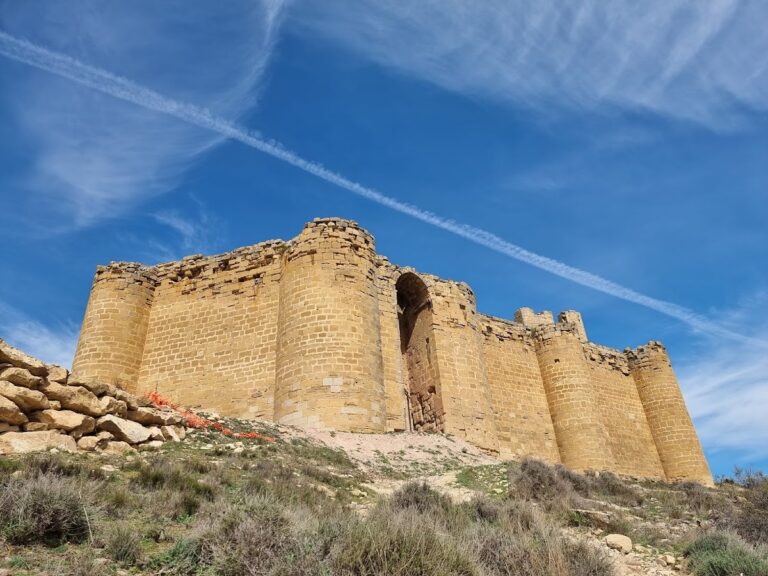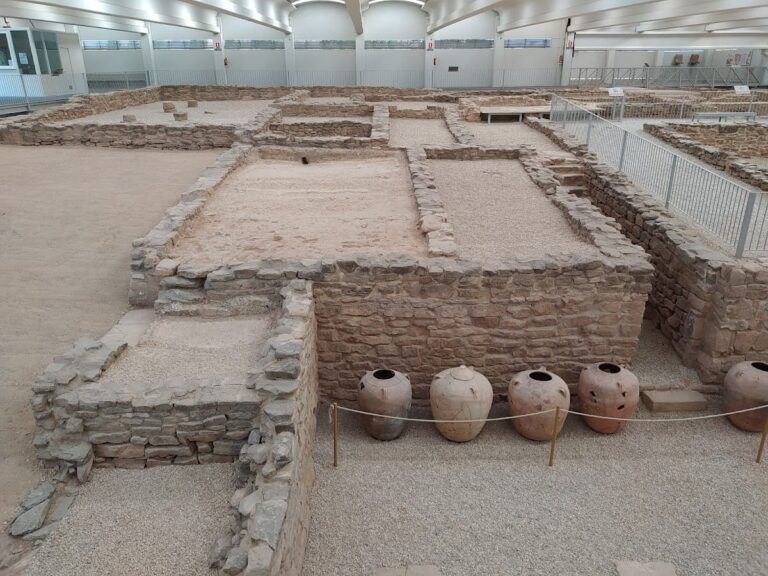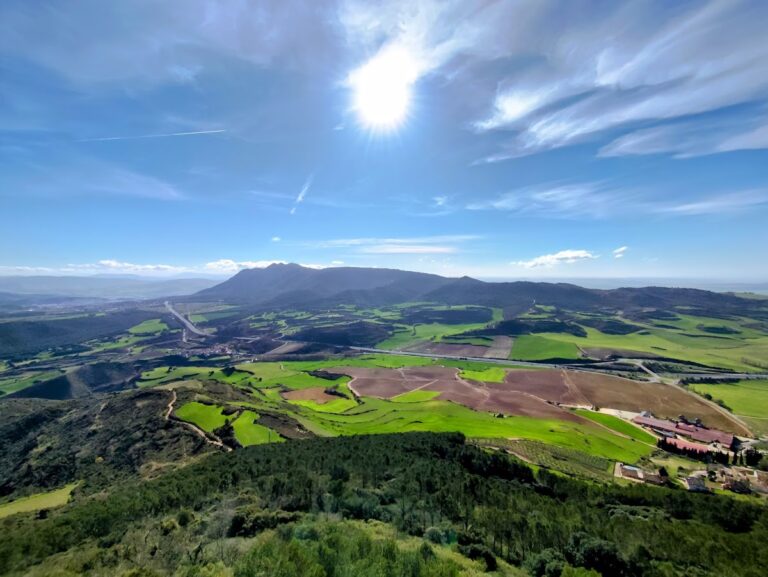Castle of Clavijo: A Historic Fortress in La Rioja, Spain
Visitor Information
Google Rating: 4.5
Popularity: Medium
Google Maps: View on Google Maps
Country: Spain
Civilization: Unclassified
Remains: Military
History
The Castle of Clavijo stands in the municipality of Clavijo, Spain, and features a layered history shaped by both Muslim and Christian influences. Its origins likely date back to the early medieval period, with archaeological evidence pointing to the construction of the main tower, or keep, in the 9th century possibly under Muslim control. This early phase laid the groundwork for a strategic fortification situated on a rocky hill overlooking the surrounding area.
By the beginning of the 10th century, the castle underwent significant changes as Christian forces expanded in the region. The defensive walls enclosing the fortress were erected during this time, securing the site within the emerging Christian kingdoms of northern Spain. The castle gained historical prominence in connection with the legendary Battle of Clavijo, said to have occurred in the 9th century. According to tradition, Christian troops led by Sancho Fernández de Tejada clashed here against the armies of the Muslim emir Abderramán II under the rule of Ramiro I of Asturias. This battle is famously linked to the appearance of the apostle Santiago (St. James), who, according to legend, intervened miraculously to aid the Christian forces.
The castle’s first mention in written records dates from the year 960, when it was used as a prison to hold Fernán González, an important noble of the time. Later on, the site came under the ownership of Sancho el Mayor of Navarra, who transferred it to the nearby Albelda monastery, highlighting its role within ecclesiastical domains. By 1177, the castle belonged to the Crown, marking a transition into royal possession.
Throughout the medieval period, the Castle of Clavijo remained important in regional politics and military affairs. During the 14th century, it was owned by Don Diego López de Zúñiga, a nobleman who passed it to his son as part of a marriage gift, demonstrating the site’s value as a hereditary stronghold. Today, the castle is maintained by the Government of La Rioja, preserving its connection to the region’s layered past.
Remains
The Castle of Clavijo presents an elongated layout that closely follows the shape of the rocky hill on which it is built. Constructed primarily from roughly hewn stones gathered locally, the fortress integrates masonry techniques that adapt to its natural setting. This positioning allowed defenders to use the height and uneven terrain as part of the castle’s protective measures, overseeing the nearby village below.
Encircling the entire rocky outcrop is a defensive wall that extends along the hill’s contours, designed to harness the terrain for added security. Access to the castle is only possible by a steep path ascending from the side facing the village, where the entrance is distinguished by a horseshoe arch, a style often associated with Islamic architecture. This gateway serves as a noteworthy feature merging practical defense with distinct cultural elements from the site’s early builders.
Near the entrance stands the castle’s most prominent structure, the keep, known as the torre del homenaje. This tower dates back to the earliest phases of the fortress and is now in a state of severe deterioration, its stonework weathered and fragmented. Adjacent to the keep are ruins of other castle components, including remnants of a courtyard and a small chamber, offering glimpses into the spatial organization within the fortification.
All parts of the castle, including its walls and internal rooms, are built directly onto the steep escarpment of the rocky formation. This arrangement demonstrates a close relationship between construction and landscape, with the builders making full use of the natural rock’s defensive advantages. These architectural remains serve as a physical record of the castle’s complex origins and enduring presence in northern Spain’s medieval history.





